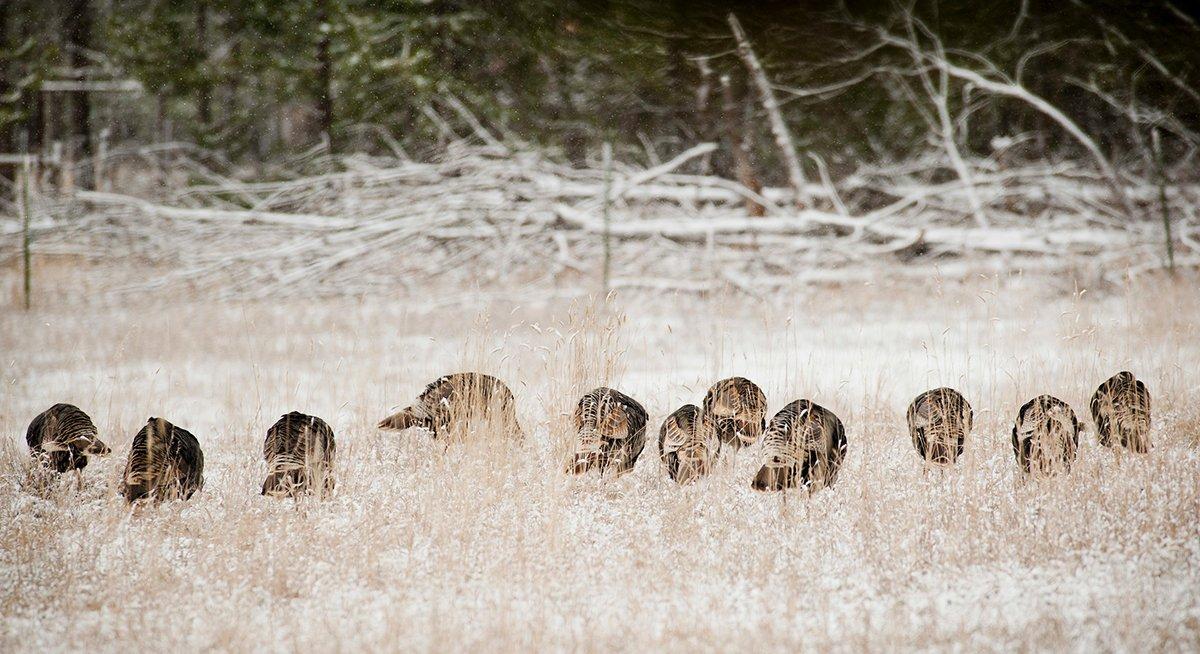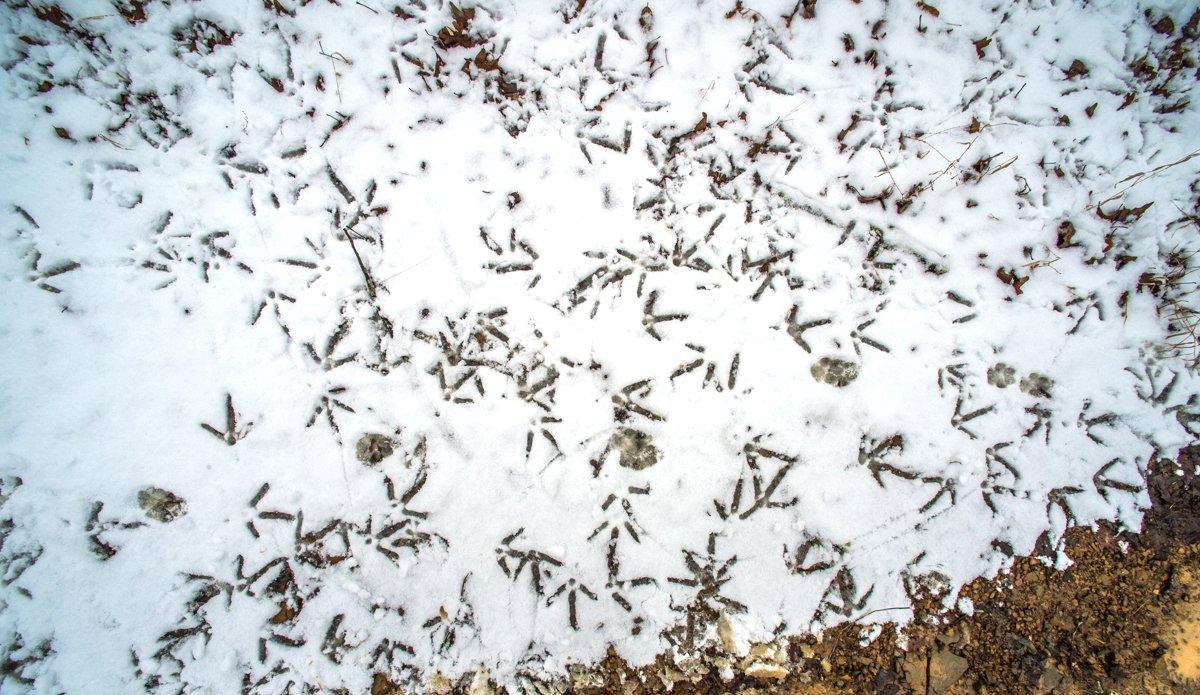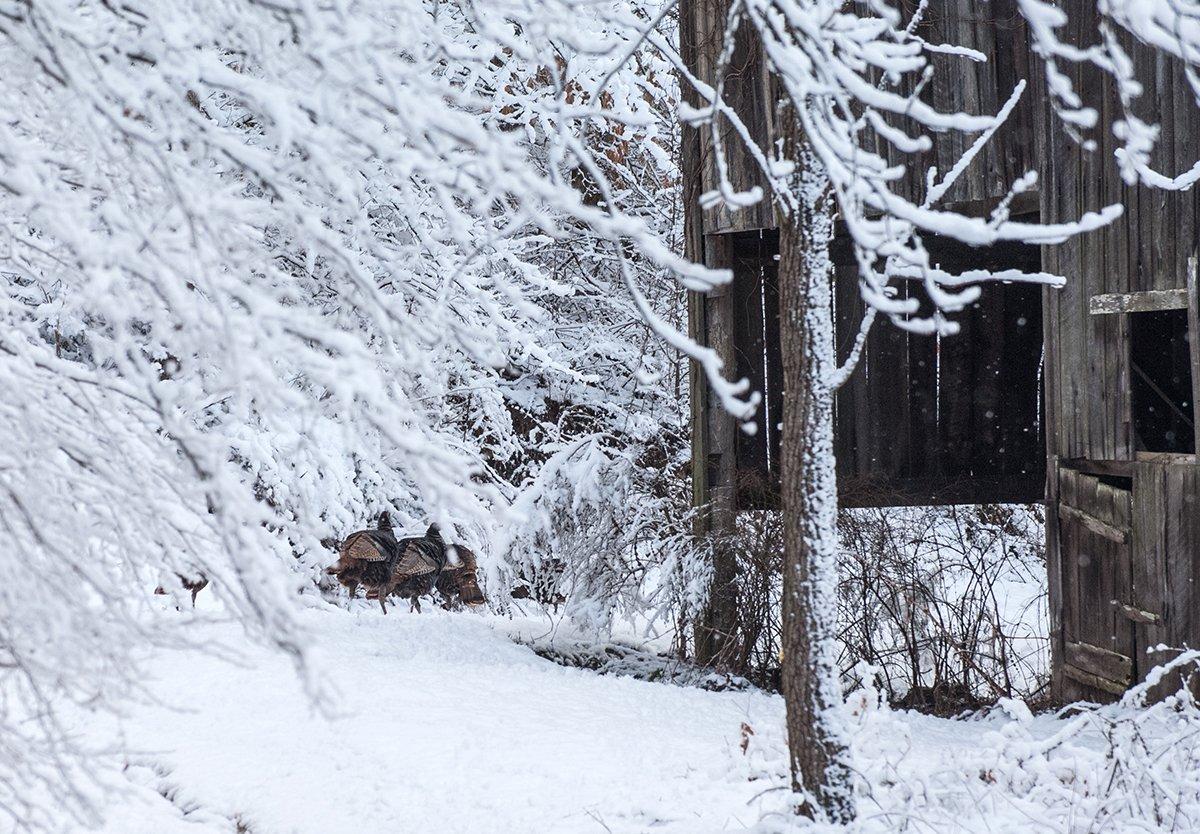And why other states make you wait until spring to hunt this great bird
As of this writing, 42 states offer some form of a fall turkey hunting season. A number of these even extend it into winter. Why then do the others not offer a "second season" on the most popular game bird on the planet? The reasons are many.
Wild turkey management is based on multiple factors. When setting spring and fall hunting seasons, wildlife managers consider overall turkey-kill data, but also much more including public opinion, seasonal hunter participation and competing interests for resource use. Whether we like it or not, fall turkey hunting management can be a political topic, with varying viewpoints.
Regulations for fall opportunities include season date expansion or reduction. Wildlife managers enact seasons based on kill data from spring and fall and varying geographical opportunities based on zones and regions. They also use method-of-take laws for archery and firearms. Approaches vary nationwide. Only residents can hunt fall turkeys in Iowa, for example. New York implements sunrise-to-sunset shooting hours with roosted turkeys in mind in lieu of the traditional half-hour-before/half-hour-after-sunrise and sunset rule.
Expanding Fall Opportunity
Some states have expanded fall and winter turkey hunting opportunities during the past decade. In fact, along with the 42 states, even some Canadian provinces will hold fall seasons in 2019-2020. Maine now offers a lengthy fall turkey season from mid-September to early November, and a varying seasonal limit. The latter phase of this opportunity even coincides with the firearms deer season, where blaze orange is required when afield, even for turkey hunters — a highly debatable topic.
Nebraska and Kansas, where it's common to see huge winter flocks of hundreds of birds, offer fall and winter seasons from early autumn to the end of January. Both states, obviously, should be on your spring destination list too.
In their report, "Pennsylvania Turkey Hunting," Pennsylvania Game Commission biologist Mary Joe Casalena and NWTF conservation field supervisor Bob Eriksen wrote: We are privileged to be able to enjoy both spring and fall hunting in this state. To continue to have the outstanding hunting we have come to expect, fall harvests are carefully monitored, and trends in spring harvests are watched.
That's true in many states.
In the fall in Wisconsin, as in spring, there's a generous turkey season based on zones and a permit system. New Hampshire has a longtime archery fall season that runs concurrently with archery deer season (from mid-September to mid-December, ending a week sooner in Wildlife Management Unit A), so there are some opportunities to take a bird there while sitting in a treestand or blind for a whitetail.
Places such as Virginia and Pennsylvania even offer fall turkey hunting on Thanksgiving, an American tradition. Kentucky might have the most diverse fall and winter turkey seasons, with a range of archery, shotgun, and even crossbow opportunities included in the mix.
Fall Hunting on the Decline
Georgia, Realtree's home, manages for spring turkey hunting and has no fall season. This is also true for South Carolina, where the NWTF is based. Management is now directed at spring opportunities. New York, which once offered a generous statewide fall turkey season, has cut back dramatically on season days and the bag limit.
According to Doug Little, NWTF conservation field supervisor for the Northeast, the decline in New York's wild turkey numbers has been largely attributed to poor weather during the nesting and brood-rearing seasons during the past 10-plus years.
Habitat has been lost to a host of land-use changes, he said. The remaining habitat is also maturing and becoming less than ideal from a landscape-level perspective. We have realized significant declines in young forest habitat in the Northeast, which may be negatively impacting hen-nesting success.
Alaska is the only state without a notable wild turkey population, so no turkey hunting opportunities exist there.
Different Strokes
Other states are ambivalent on the deal, letting licensed hunters choose when to fill their turkey tags. Arizona offers one turkey per calendar year, spring or fall. Other states tip deliberately toward gobbler harvest only. In spring and fall, Florida hunters can take gobblers or bearded turkeys only. In other states — and this is fairly common — hunters can shoot either sex turkey in the fall.
As always, study your state regulations closely for any year-to-year changes in turkey hunting laws.
Where You Can't: 8 States Where You Can't Hunt Fall Turkeys
More Realtree turkey hunting. Follow Realtree on Facebook.









